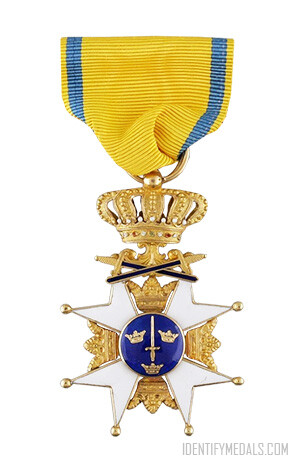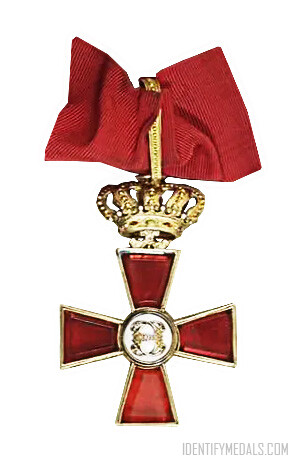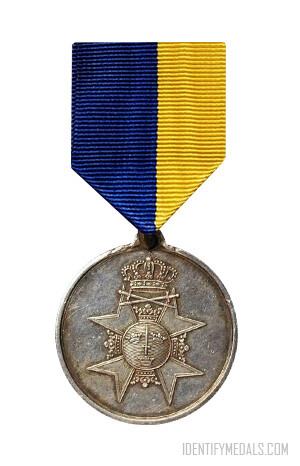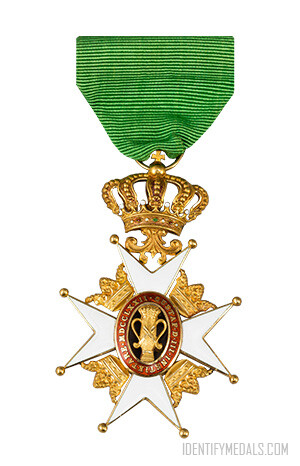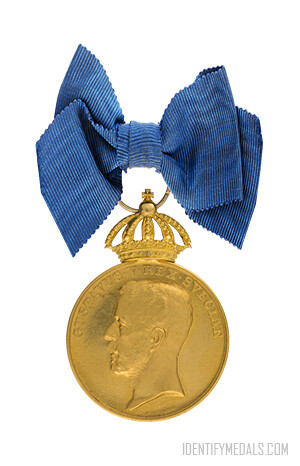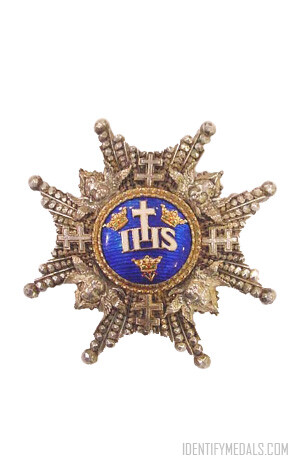- Time Period: Pre World War I
- Institution: 1748
- Country: Sweden
The Royal Order of the Sword, officially known as the Royal Order of the Sword (or Kungliga Svärdsorden in Swedish), was established as an order of chivalry and military decoration by King Frederick I on February 23, 1748. It was created alongside the Order of the Seraphim and the Order of the Polar Star. The order’s motto, “Pro Patria,” meaning “For Fatherland,” is expressed in Latin.
Initially intended as a recognition for bravery and exceptional long or meritorious service among officers, the Order of the Sword eventually evolved into a customary award for military officers upon completing a certain number of years in service. Originally comprising three grades—Knight, Commander, and Commander Grand Cross—the order later expanded its classification into multiple classes.
On December 20, 2022, the Swedish Government issued a new regulation that overturned the 1974 restriction, thereby reinstating eligibility for Swedish citizens to receive the Royal Orders. This reactivation of the Order of the Sword, alongside the Order of Vasa, took effect on February 1, 2023.
The Grades of the Order of the Sword
In 1788, after King Frederick I established the three aforementioned orders, King Gustav III introduced two new grades of the Order of the Sword. They were both exclusively reserved for wartime conferment:
- Knight Grand Cross First Class: The decoration was conferred upon division commanders holding the rank of at least major general in recognition of their significant triumphs in battle. Even the monarch could only don the insignia of Knight Grand Cross with the unanimous approval of his officers, as exemplified by Gustavus III, Charles XIII, and Charles XIV John.
- Knight Grand Cross: The cross looks similar to the Knight’s cross, but is as large as the Grand Cross badge.
During peacetime, the Order of the Sword had five classes:
The Order of the Sword Design
The insignia of the Order is a white-enamelled Maltese Cross arranged in a saltire (X-shaped) formation, rendered in silver for the Knight class and in gold for the Knight 1st Class and higher ranks. Gold open crowns are positioned between the arms of the cross.
On the obverse central medallion, an upright gold sword is flanked by three gold crowns against a blue enameled background, while the reverse central medallion features an intersecting gold sword and laurel wreath, accompanied by the Latin inscription “Pro Patria” (For Fatherland) on a blue enameled backdrop.
Across the opening between the upper arms of the cross at the top of the badge, a pair of crossed gold swords in blue enamelled scabbards with downward-turned blades is depicted. Additionally, in the badges of the two highest classes, an upright gold and blue sword spans the openings at the sides of the cross, along with a pair of crossed gold and blue swords with downward-turned blades across the opening between the lower arms of the cross at the bottom of the badge.
The badge is suspended from a gold and enamelled royal crown.

